When did America start having emotional meltdowns over sports? A pair of recent events during the run-up to the Super Bowl highlight a disturbing trend among sports fans.
Most recently, as Peter King writes at Sports Illustrated, fans of the San Francisco 49ers aren’t handling Sunday’s defeat in the NFC Championship game very well:
Nice crowd the 49ers have on Twitter. One of their “fans” tweeted to Williams (@KyleWilliams_10): “Jim Harbaugh, please give @KyleWilliams_10 the game ball. And make sure it explodes when he gets in his car.”
It’s only sports, people. Only sports. Around here, the fog will come up tomorrow.
I know Jim Harbaugh has tried to transform his formerly finesse-oriented team into tough blue collar-style bruisers, but who knew he’d also turn San Francisco’s formerly wine and sushi-enjoying crowd into snarling Oakland Raiders-style fans?
Similarly, assuming it’s not play-acting to deliberately create a viral video (and it wouldn’t be the first time, if that turns out to be the case), this clip is a fascinating look at the mindset of a crazed sports fan, crestfallen that the Green Bay Packers lost in the playoffs:
Vince Lombardi built the Packers of the 1960s into a tough, Spartan football team, and the Packers fans of that era were similarly flinty and cool. (Pardon the frozen tundra-inspired pun.) Looking down from NFL Valhalla, what would Lombardi think of the above video?
I love the magical thinking implicit in blaming her sparkly nail polish (!) for the Packers’ loss. The solipsistic belief that she alone displeased the Football Gods so badly they caused the Pack to lose to the Giants on January 15th.
Then there’s the polypropylene cheesehead and Packers jersey she’s wearing. Hulu, the streaming video site, has a section devoted to the NFL, where you can watch NFL Film’s Lost Treasures series, which looks back at the founding of the league’s film division in the early to mid-1960s. Watching those episodes, you’ll quickly notice that prior to the 1970s, there was little in the way of NFL merchandise for adults to wear. If you watch newsreel footage of the 1957 NFL championship, when the Baltimore Colts beat the New York Giants at the legendary Polo Grounds, the majority of men in the stands wore sober business suits, top coats, and fedoras. This past Christmas, I watched an NFL Channel presentation on “The Longest Game Ever Played,” the double-overtime playoff battle between the Miami Dolphins and the Kansas City Chiefs, the last game played in Municipal Stadium, the predecessor to Arrowhead Stadium, the Chiefs’ current home. As late as Christmas Day, 1971 there were still several men wearing suits, ties, and fedoras to games.
In other words, fans dressed for Sunday games as if they had just come from church — which, for Sunday daytime games, likely was true. All of that would go out the window during the 1970s, between the combination of NFL merchandise, the gradual decline of dress codes, and a sea change in emotionalism, as David Frum wrote (in a chapter titled “Beyond Reason”) in 2000’s How We Got Here: The ‘70s: The Decade That Brought You Modern Life — For Better Or Worse:
What an amazing turn of events. Only a generation before, the United States had been the homeland of efficiency and practicality, a country so uncongenial to dreamers, artists, and poets that they fled for Europe as soon as they could scrape together the boat-fare. And yet, if we cast our mind back only a little further, the turn of events might not seem so amazing after all. The “Oprah-ization” of public life is usually talked of as it were a brand-new thing. It is in reality the return of something antique. A hundred years ago, middle-class life in Britain and America was bathed in the gush of emotions. Reread the poetry of Swinburne or the orations of Daniel Webster, glance at the paintings of Frederick Leighton or old photographs of the obsequies of General Grant if you doubt it. The wry, laconic anti-emotionalism of a Jimmy Stewart or a Prince Philip is a last relic of the early-twentieth-century reaction against the overwrought romanticism of the Victorians. Bob Dole brought to his political speeches the same sensibility that Ernest Hemingway brought to his novels. Hemingway’s generation had learned in the fire and slaughter of the First World War to mistrust the man who put his hand on his heart while wiping a tear from his eye. Frederick Lewis Allen recalled the terse manners of his contemporaries: “During the whole three years and eight months that the United States fought [the Second World War], there was no antiwar faction, no organized pacifist element, no objection to huge appropriations, no noticeable opposition to the draft. Yet there was also a minimum of crusading spirit…. They”—the men and women of the 1940s—“didn’t want to be victims of ‘hysteria.’ They felt uncomfortable about flag-waving. They preferred to be matter-of-fact about the job ahead…. These people were unstintedly loyal, and went to battle—or saw their brothers and sons go—without reservation; yet they remained emotionally on guard…. disillusioned and deadpan. …”
We think now of the dislike of emotional fuss and show as generically old-fashioned. It is probably truer to say that the laconic style we associate with the GI generation came into fashion in the 1920s and went out in the 1970s, to be replaced by a style reminiscent of the moist, voluptuous sentimentality of a hundred years ago, with the teary television interview replacing black crepe. This was the style of the two party conventions in 1996. It is the style of the most-talked-about mass movement of the 1990s, the evangelical Promise Keepers, who brought stadiums full of middle-aged husbands and fathers together to weep and hug. It is the style of contemporary American evangelicalism. And it is the style of the most successful politicians of the age—the Bill Clintons and the Tony Blairs—as they explain how this or that policy will “save the life of a child.” The gurus of the 1970s taught, and we today still seem to believe, that to delve honestly into one’s feelings requires one to shut down the analytical lobes of the mind. “People often talk about wanting to be spontaneous, to live out of their feelings,” reported the authors of How to Be Your Own Best Friend. “They have locked themselves into intellectual boxes, where they hardly know what they feel any more. They become desperate to experience plain, simple emotion. They think if they could throw away their minds, they would be free.”
There’s a profound sense of nihilism if you react as emotionally to a loss as our sparkly-nailed Packer-backer. Presumably, she’d have the inverse reaction and be utterly orgasmic if Aaron Rodgers & company had won. What does it say about us when our emotions run amok — and are then get posted onto YouTube where so far, 1.75 million viewers have tuned in to watch? The same goes for Niners fans issuing death threats yesterday — even in jest — to the players, on a medium like Twitter that’s notorious for its type first, think later quality.



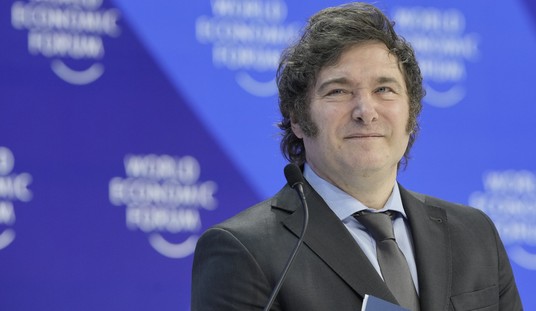
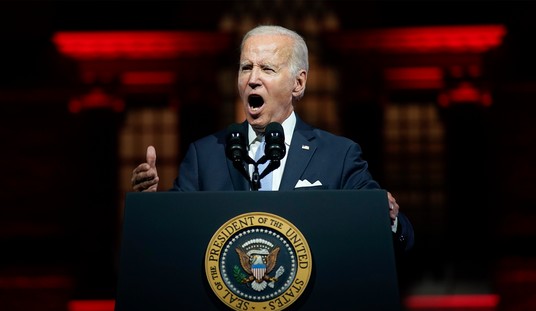
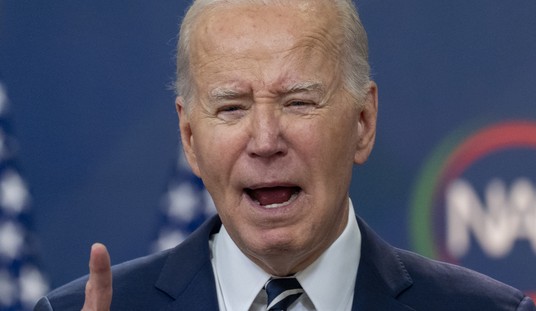

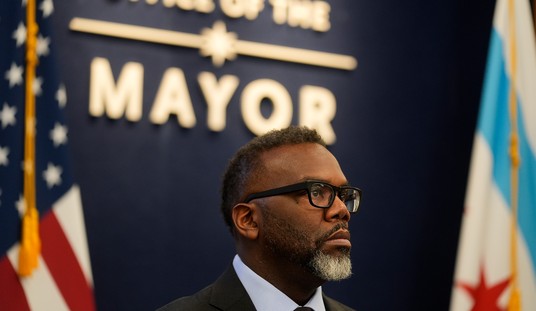
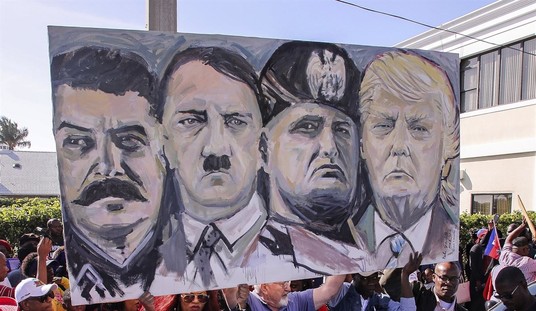
Join the conversation as a VIP Member